
Pro2booth - Capturing Physical Prototypes
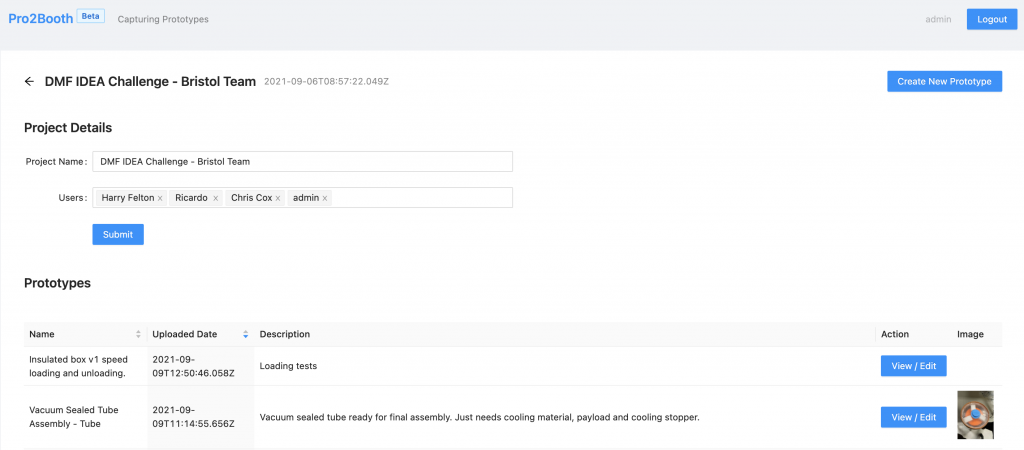
Prototyping consists of a range of methods across both physical and digital domains. Through the product development process, a selection of different methods are used from each domain. Designs therefore transition multiple times from the virtual domain to the physical and vice versa. As well as each transition having a cost associated with it, there is also the risk that key design knowledge can be lost. Product development can therefore be improved by minimising this transition cost and optimising knowledge capture. This requires i) understanding what a physical prototype is and, ii) developing environments for capturing physical prototypes themselves.
Understanding what constitutes a physical prototype is enabled by a taxonomy of physical prototypes. This considers a prototype in terms of its purpose, structure and measured properties and can be considered an exhaustive categorisation of prototypes.
Key element of this taxonomy are applied in Pro2booth – a prototype capture environment. Building on Protobooth from TrollLabs @ NTNU, it permits the capture of a virtual or physical prototype along with its associated design rationale and insights that it provides to the product development process. Its incorporation into the design process provides minimum disruption, provides real-time insights for design reviews and captures critical information that details why the product is the way it is, preventing re-work and future design mistakes. Pro2booth’s inputs and outputs are shown to the right
Pro2booth Lite – a version for capturing prototypes anywhere – was launched for this year’s IDEA challenge where it was used to successfully capture over 250 prototypes in a 4 day design sprint. An excerpt of the Pro2booth dashboard is shown in the picture at the top of the page.
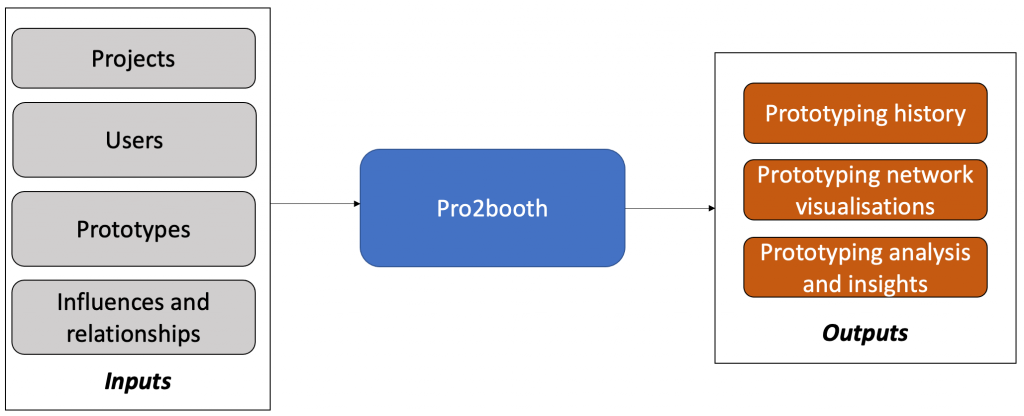
Once prototypes are captured through a project, it is possible to undertake analysis on them and create visualisations. These enable a design team to keep track of prototypes that have been made, their contribution to the design process and represent an important log of how a product results being the way that it is. Some sample visualisations can be seen in pictures below. Whilst these are still images, the networks themself are interactive and can be explored in 3D space!





The next steps for Pro2booth include completion and integration of the physical rig that enables the automated capture and upload of pictures of prototypes to the platform.
People
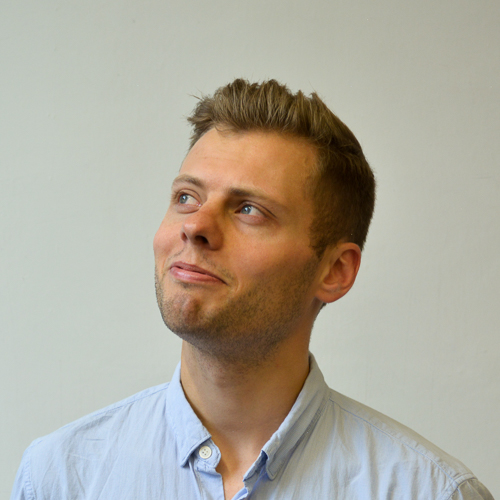
Mark Goudswaard
Research Associate
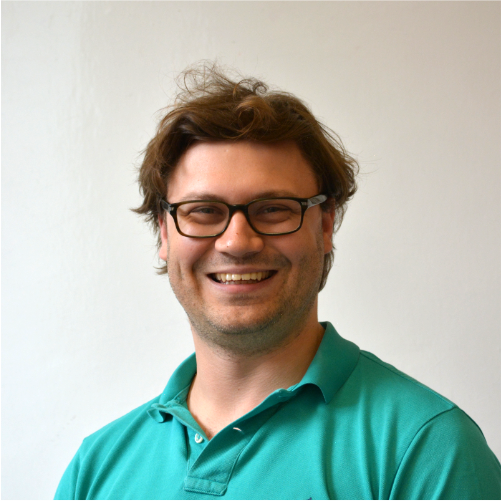
James Gopsill
Senior Research Fellow
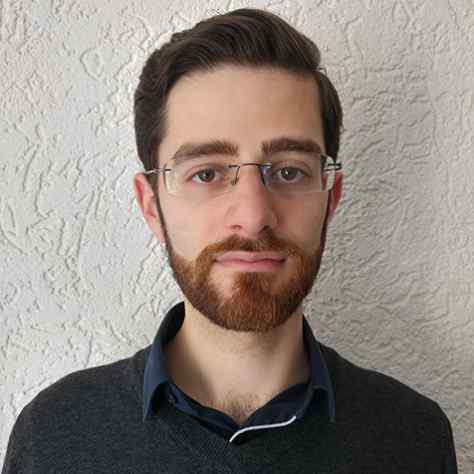
Lorenzo Giunta
Research Associate

Lee Kent
Research Engineer
